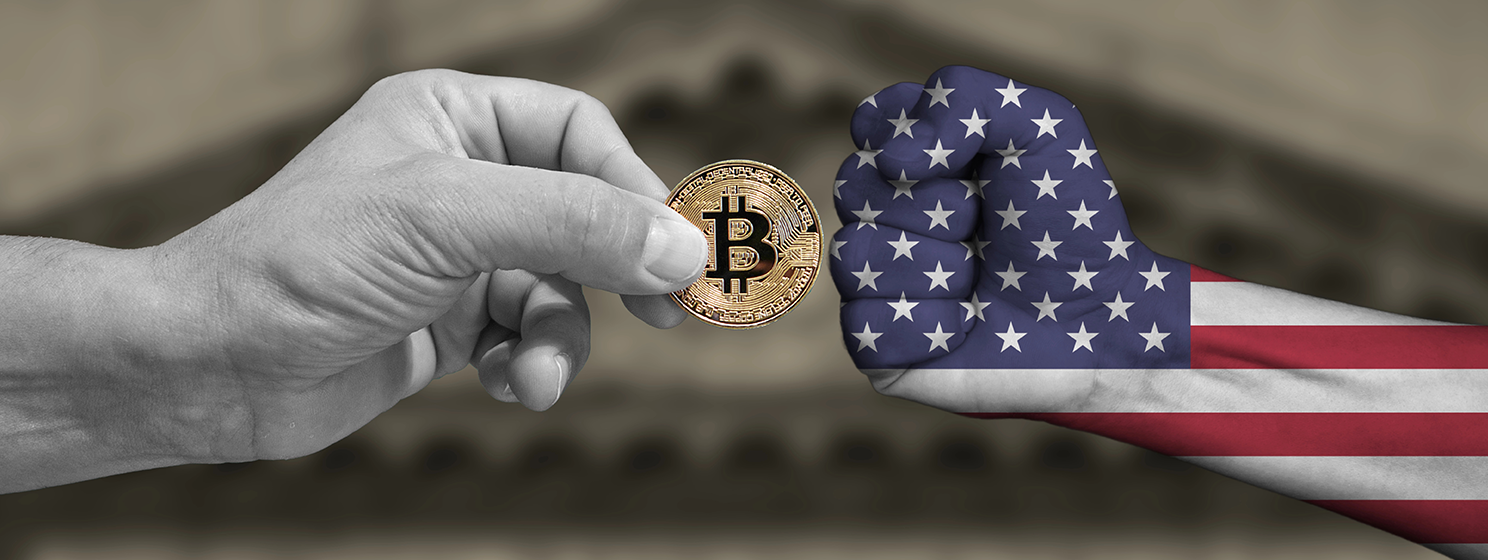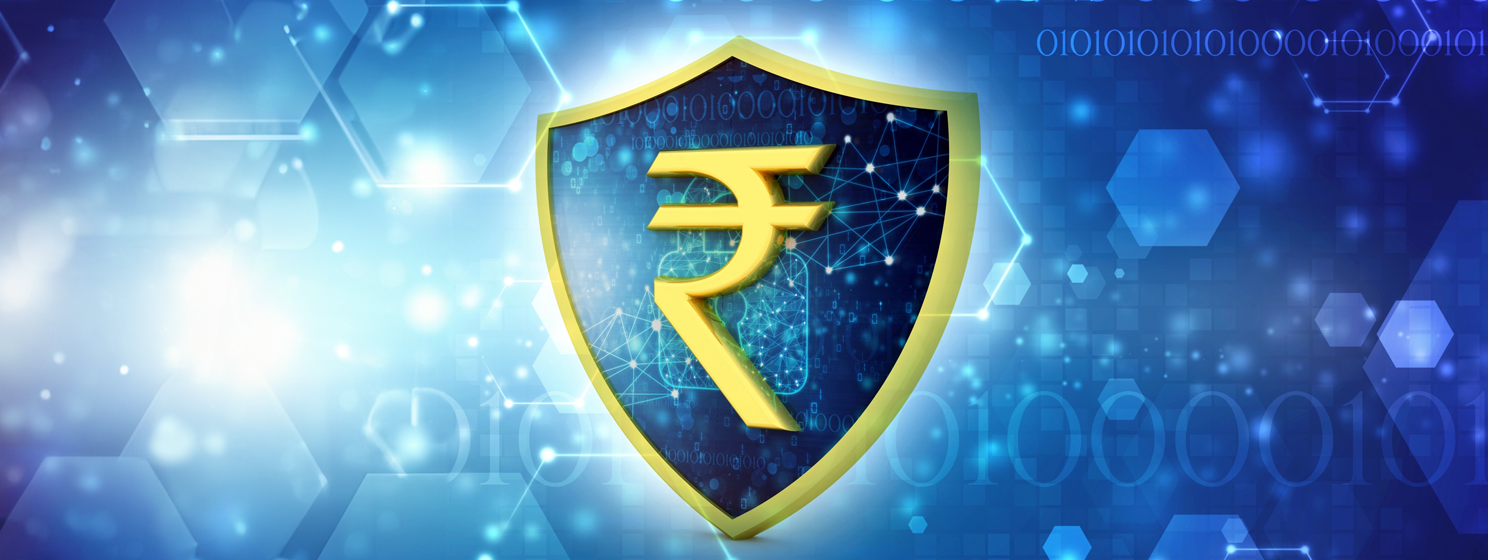|
Getting your Trinity Audio player ready...
|
One hundred billion transactions per day… on a blockchain? Teranode, the BSV network’s core processing technology, has surpassed over 3 million transactions per second in its latest tests. These latest results are thanks to BSV developers’ partnership with leading database infrastructure provider Aerospike and highlight how blockchain and cloud computing could enhance each other’s services.
These 3 million transactions per second on Aerospike’s cluster can all be processed on-chain, too. There are no add-on or “Layer 2” payment networks with delayed settlements required. Following the original Bitcoin protocol rules as defined by Satoshi Nakamoto in 2008, the BSV network secures data on a truly distributed network with the ability to scale unboundedly, secured by blockchain’s oldest and most trusted processing mechanism, proof-of-work (PoW). The company wrote on its website:
“Aerospike’s NoSQL architecture makes Teranode exceptionally efficient, maintains performance as Teranode scales, enables a cost per transaction that undercuts traditional payment providers, and is financially sustainable to support micro transactions.”
For BSV’s transaction processing nodes (aka “miners”), Teranode on Aerospike offers substantially lower latency (under 10 milliseconds) and higher overall throughput than previous versions of the protocol software.
BSV’s speed and super-high volume throughput mean that it has far more potential use cases than a secure payments network. Yes, it can handle the entire world’s financial transactions (large or sub-cent) with ease, but it can also run enterprise-tier applications, government processes, Web3 apps, corporate and legal records, and anything else requiring verifiable data.
How does Aerospike speed up transactions on the BSV network?
Aerospike Inc. (the company) was founded as Citrusleaf in 2009, rebranding three years later to match the name of its database technology. That technology is the Aerospike database, a NoSQL distributed database management system designed and built for maximum read/write speeds. It stores data on commodity solid-state hard drives (SSHDs) instead of in RAM, making accessibility fast and cost-effective.
Aerospike’s initial customers were from the advertising industry, who used it to store web cookies on the server side. Its distributed hash tables have query response times of less than a millisecond and, like the BSV network itself, can maintain its high speeds as it scales to large sizes.
For the record, some of those advertising clients have demands far exceeding BSV’s, even at 3 million requests per second. French firm Criteo uses Aerospike to handle 280 million requests per second.
Behrad Babaee, Principal Solutions Architect at Aerospike, published an article in June 2024 titled “Why I Changed My Mind About Blockchain,” detailing his experiences working with the BSV Association. Blockchain can overcome scalability limitations for financial institutions running on relational database management systems (RDBMS) on mainframes, he wrote. Since blockchain “is fundamentally a mathematically proven zero-trust algorithm,” it can be deployed in the application layer to compensate for any shortcomings NoSQL has in data integrity guarantees.
However, it isn’t possible to use just any blockchain for this purpose. If a blockchain network cannot scale or has limited transaction throughput, it won’t offer any efficiency gains compelling enough for existing financial systems to use it.
“(BSV) uses blockchain to elegantly solve an engineering challenge that, to my knowledge, has not been effectively addressed elsewhere, especially not as seamlessly — the creation of an unboundedly and linearly scalable core banking system.”
BSV and other networks claiming to follow the principles of the 2008 Bitcoin white paper, record transactions based on the UTXO model (unspent transaction outputs). The database must keep an accessible record of spent and unspent transaction outputs in real-time while guaranteeing the consistency and integrity of all data. Aerospike’s native high-consistency features, which helped form its healthy reputation over the years, are ideal for this purpose.
Blockchain and third-party cloud service providers
It was always inevitable that decentralized, open blockchains would still need large, specialized data center services if worldwide demand grew large enough. Bitcoin inventor Satoshi Nakamoto himself predicted mining nodes would run on “big server farms” with users accessing the network through client nodes. On most well-known blockchains, there is already a degree of this specialization evident in huge, data- and energy-hungry mining operations.
An often-repeated misconception in the blockchain industry is that such a network can remain “decentralized” only if its network consists of individual hobbyists storing and running full-chain nodes in their private homes. Blockchain, the cliche goes, should seek to replace centralized services like data centers, financial institutions, and even governments rather than cooperating with them. These goals are unrealistic, and result in the scaling limitations that plague other blockchain networks.
Siggi Oskarsson, Teranode Director at the BSV Association, has challenged any notion that a blockchain network shouldn’t use third-party specialization and expertise as part of its infrastructure.
“The idea that we are against these people, that we’re different or anything like that, is crazy. We’re working very closely with AWS and Aerospike to get this done, and that close relationship has helped us to get the results we get so quickly,” he said.
In fact, the relationship between blockchain and major cloud service providers may become symbiotic if a truly scalable blockchain offers a faster and more efficient way to guarantee data security/integrity.
Over 60% of the corporate world’s data: Who controls it?
Cybersecurity Ventures projected in a 2020 report that 200 ZB (that’s zettabytes or 1 billion terabytes) of the world’s data may be stored “in the cloud” by 2025.
As well as data storage, the term “cloud” includes: software-as-a-service (SaaS); infrastructure-as-a-service (IaaS); database-as-a-service (DBaaS); and platform-as-a-service (PaaS). Three major players dominate this industry, and the industry, in total, generates about US$178 billion annually.
As of 2022, Amazon’s (NASDAQ: AMZN) AWS had the largest market share at around 32%, Microsoft’s (NASDAQ: MSFT) Azure has 23%, and Google Cloud (NASDAQ: GOOGL) 10%. The remaining 35% of the business goes to other providers, some of which have well-known names, including Alibaba Cloud. Alibaba’s Cloud Intelligence Group has opened data centers worldwide and holds the key position in the Asia-Pacific market. It has the largest market share in China for cloud services, where it serves 80% of the country’s science and technology innovation enterprises.
Former Alibaba Group Chairman Daniel Zhang drew attention to cloud services’ growing importance to the economy when he stepped down from the chairman role in July 2023 to take over as President of the Cloud Intelligence Group. In his resignation letter, he said:
“As the digital era begins its transition to the intelligent era, we must capture the generational opportunities associated with technology driving business transformation and the rapid changes in AI to create a larger runway for our businesses.”
Roughly 60% of the world’s corporate data is stored in the cloud, and 90% of large enterprises use more than one cloud service provider. An alarming postscript to these statistics is the fact that over half of all companies do not use (their own) encryption or tokenization to protect the data they store there.
AWS has sought to reduce risks and give users more control over the data they store in the cloud with initiatives like the 2022 “Digital Sovereignty Pledge.” This offers options such as control over data location, verifiable control over data access, the ability to encrypt everything, and greater resilience.
“Today, having control over digital assets, or digital sovereignty, is more important than ever,” wrote AWS CEO Matt Garman.
“We are committed to helping our customers meet digital sovereignty requirements. We will continue to innovate sovereignty features, controls, and assurances within the global AWS Cloud and deliver them without compromise to the full power of AWS.”
Both cloud computing and (scalable) blockchain technologies have attributes that complement each other. Blockchain needs speed and infrastructure, while the cloud needs better and more accessible ways to manage data security and integrity. Teranode’s work with Aerospike is just the tip of the iceberg. Once the world sees that blockchain is more than just a hobby platform and can actually accommodate the enterprise world’s throughput needs, we could see a lot more brainstorming over how these two vital technologies can merge.
Watch: Teranode & the Web3 world with edge-to-edge electronic value system

 01-06-2026
01-06-2026 




